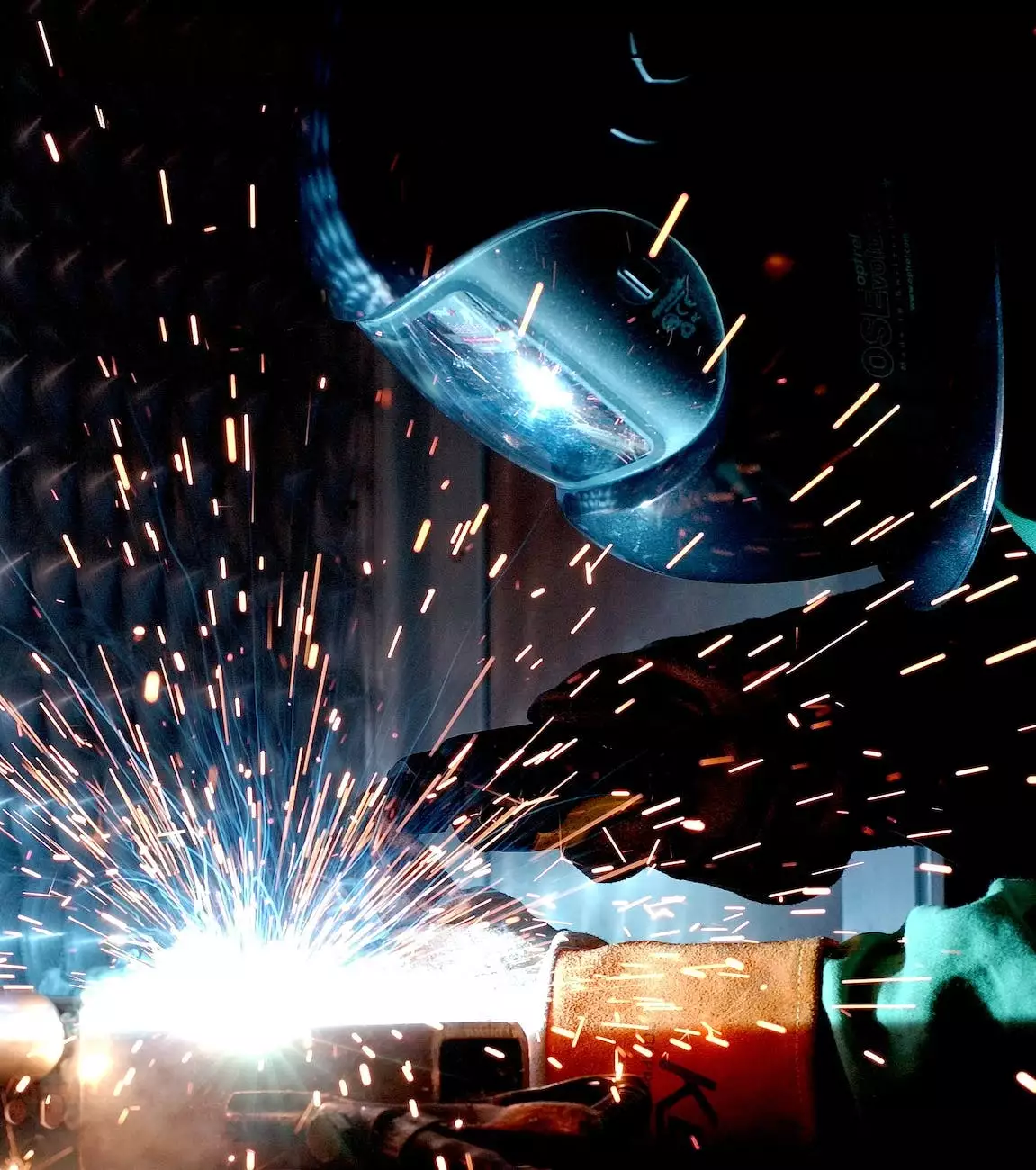How The Manufacturing Industry Evolved
Blog
Welcome to the fascinating world of the manufacturing industry, where technological advancements and innovation have revolutionized the way we produce goods. In this comprehensive guide, TECHrx Services will take you on a journey through time, exploring the evolution of the manufacturing industry from Industrial Revolution 1.0 to the digital age of Industry 4.0.
The Industrial Revolution 1.0: The Birth of Mass Production
In the late 18th century, the world witnessed a paradigm shift with the advent of the Industrial Revolution. Industrial Revolution 1.0 marked the transition from hand production methods to machines, and forever changed how products were manufactured. This era saw the introduction of steam power, mechanization, and the development of factories.
With the invention of the spinning jenny and the power loom, textile manufacturing became automated, leading to a significant increase in productivity. The steam engine, pioneered by James Watt, revolutionized transportation and allowed for the mass production of goods.
Industry 1.0 laid the foundation for modern manufacturing practices, setting the stage for subsequent revolutions to come.
The Rise of Industrial Revolution 2.0: The Age of Electricity
In the late 19th century, Industrial Revolution 2.0 took the manufacturing industry by storm through the widespread adoption of electricity. This era saw the emergence of assembly lines, enabling the division of labor and a significant increase in production efficiency.
With electricity powering factories, the manufacturing process became more streamlined and automated. Iconic figures like Henry Ford revolutionized the automotive industry by implementing assembly line production, leading to the mass production of automobiles.
Industrial Revolution 2.0 brought forth unparalleled advancements in manufacturing, driving economic growth and transforming societies.
The Digital Age: Industrial Revolution 3.0
The late 20th century witnessed the rise of Industrial Revolution 3.0, also known as the digital age. This era was characterized by the advent of computers, automation, and the internet, transforming how manufacturing processes were conducted.
Computer Numerical Control (CNC) machines replaced manual control, allowing for precise control over manufacturing processes. Robotics and automation became prevalent, enhancing productivity and efficiency in factories.
The internet revolutionized communication and supply chain management, connecting manufacturers across the globe. E-commerce also emerged as a powerful tool, enabling companies to reach a wider customer base and streamline sales processes.
Industrial Revolution 3.0 marked the beginning of the digital transformation, providing manufacturers with unprecedented opportunities for growth and innovation.
Industry 4.0: The Fourth Industrial Revolution
We now find ourselves in the midst of Industry 4.0, the fourth industrial revolution. Building upon the advancements of its predecessors, Industry 4.0 is characterized by the integration of cyber-physical systems, the Internet of Things (IoT), and artificial intelligence (AI) into the manufacturing process.
With smart factories, machines are equipped with sensors and connected through networks, enabling real-time data collection and analysis. This data-driven approach allows for predictive maintenance, increased automation, and optimized production processes.
Artificial intelligence and machine learning algorithms further enhance decision-making, enabling manufacturers to optimize efficiency, reduce costs, and bring innovative products to market faster.
The Impacts on Businesses Today
The evolution of the manufacturing industry has had far-reaching impacts on businesses worldwide. With each revolution, new opportunities and challenges arise, requiring companies to adapt and embrace change.
Advancements in technology have led to increased efficiency, reduced production costs, and improved product quality. Manufacturers can now offer customized products at scale, catering to individual customer preferences.
The rise of automation and robotics has also transformed the workforce, demanding new skill sets and encouraging the upskilling of employees. Embracing technology and automation has enabled companies to optimize their operations, improve worker safety, and maximize productivity.
Industry 4.0 has paved the way for the emergence of new business models and the integration of diverse technologies. From 3D printing and additive manufacturing to cloud computing and big data analytics, companies are leveraging these advances to drive innovation and gain a competitive edge.
In conclusion, the manufacturing industry has come a long way since the dawn of the Industrial Revolution. From steam power and assembly lines to artificial intelligence and interconnected smart factories, technological advancements have revolutionized how we produce goods.
TECHrx Services is at the forefront of this exciting era, helping businesses navigate the digital landscape and harness the power of Industry 4.0. Our team of experts understands the intricacies of modern manufacturing and offers cutting-edge solutions to optimize productivity, reduce costs, and drive growth.
As the manufacturing industry continues to evolve, staying informed and embracing new technologies is crucial for businesses looking to thrive in this ever-changing landscape.




